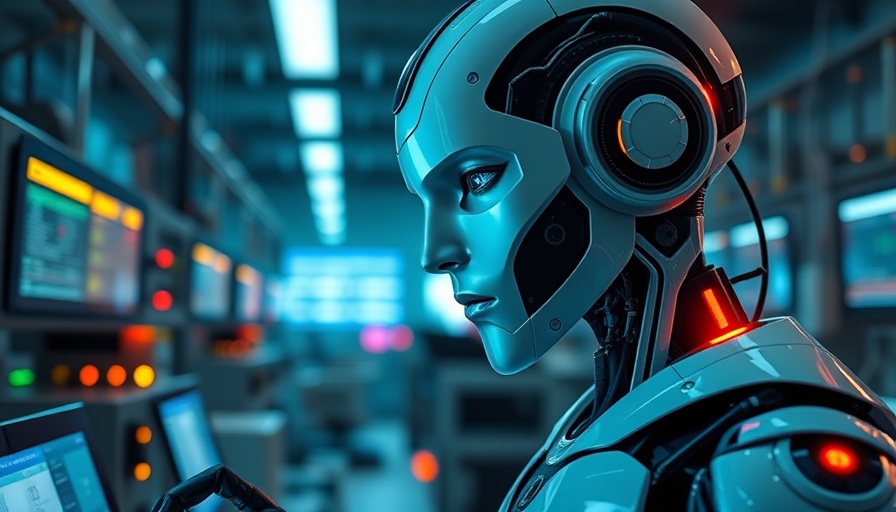
The Unveiling of Optimus: Innovations in Robotics
Elon Musk's unveiling of Tesla's humanoid robot Optimus has stirred significant conversation in the tech community. Recently, during a demo presented to Salesforce's Marc Benioff, Optimus showcased its early functionality: responding to prompts and executing simple tasks. However, while the initial demonstration aimed to generate excitement and showcase potential, the reality of the robot's performance was met with mixed feedback on X social media platform. Users widely criticized its clunky movements and delayed responses, marking a stark reminder that while the future of robotics is promising, the present holds many challenges.
Understanding the Buzz: What Went Wrong with the Demo?
When presented on social media, the responses to the Optimus demo were far from flattering. Commentators described the robot’s movements as reminiscent of being "like it's wearing a loaded diaper," and others echoed sentiments calling it "the worst humanoid robot demo" they had seen. These reactions raise questions about expectations in robotic technology and the hype surrounding Musk. Is the push towards such innovations outpacing their practical readiness?
What Makes Robotics So Important?
For veterinary clinics and similar businesses, understanding robots' transformative potential is vital. As the industry increasingly embraces technology to improve operational efficiency, keeping a close eye on advancements like Tesla’s Optimus could uncover opportunities for automating mundane tasks. This could lead to better patient care and improved client experiences. However, the gap between conceptualization and execution, as evident from the demo, underscores the importance of realistic expectations from emerging technologies.
Elon Musk’s Vision: Much More than a Humanoid Robot
Musk's vision for Tesla extends far beyond vehicles. He credits a staggering potential value of Optimus, suggesting it could account for up to 80% of Tesla's worth in the future. This ambitious aspiration reflects a belief that robots will fundamentally alter industries, including healthcare and veterinary services. How can clinic owners prepare for this future? By staying informed about technological trends and actively seeking to integrate innovation where applicable.
Current Events in Robotics: What Lies Ahead?
With Musk hinting at a robust future for Optimus, examining the trajectory of robotics innovation becomes essential. As clinics look to attract clients, embracing technology like AI and robotics could become defining characteristics in attracting clients seeking up-to-date services. Even though the current state of Optimus shows many flaws, advancements in AI and robotics can nonetheless pave the way for innovations that enhance operational efficiency and patient care.
Lessons for Veterinary Clinics: Embracing Emerging Technologies
Engaging with robotic technology isn't simply about deploying the latest gadgetry but understanding how it can refine the service experience and operational efficiency. Clinics can take a proactive stance by researching available technology that aligns with enhancing patient treatments and optimizing workflow. The recent critiques of Optimus serve as a reminder that while technology must progress, it must also demonstrate practical value.
The Future of Robotics: Will We See Real Change?
Though Optimus's debut drew criticism, it also ignited a conversation about the technological future. Businesses should remain vigilant and adaptable to changes that robotics and AI herald. Even if immediate implementations might not yield groundbreaking results, the groundwork Musk seeks to lay could open doors to significant advancements.
Taking action now to educate oneself on robotic capabilities and their potential in veterinary practices can prepare clinics for tomorrow’s innovations. As the advancements develop, they can help clinics streamline operations and ensure they are part of the evolution in patient care.
 Add Row
Add Row  Add
Add 




Write A Comment